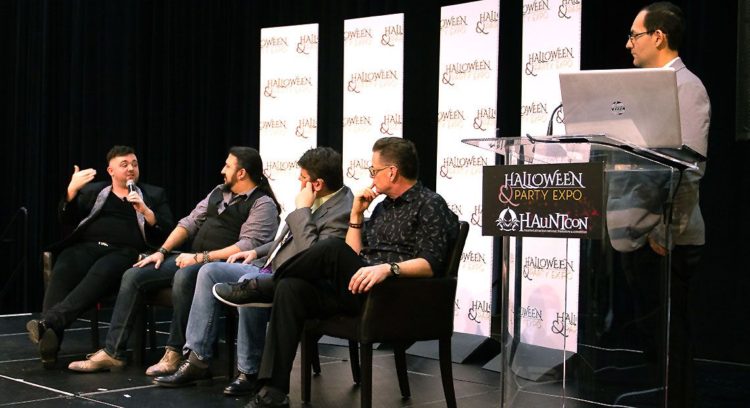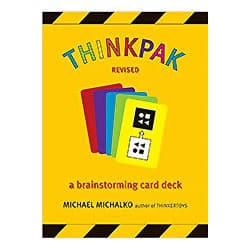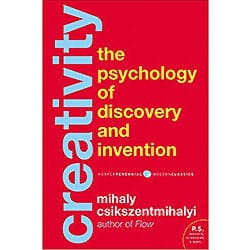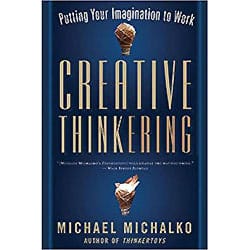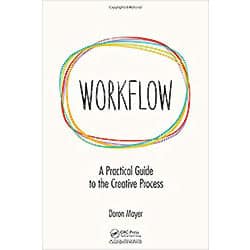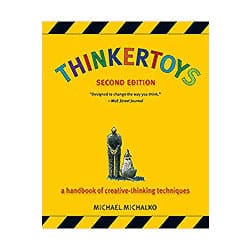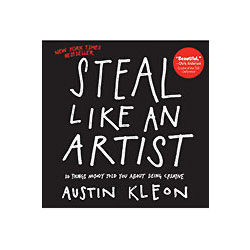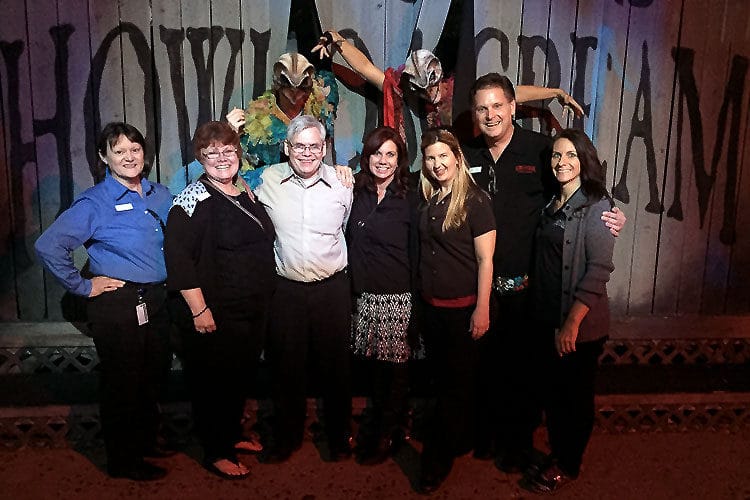Successful Creative Brainstorming: Lead Your Team to Better Ideas
Where do ideas come from? What makes someone creative? How do I get better ideas? This article provides the theoretical answer and tests it with working professionals.
Ideas come from the intersection and merging of concepts. Creativity comes from unlikely juxtapositions of concepts. Structure and Creativity are two sides of the same coin. Thus, the question becomes: What structure lends itself to better ideas? We call it ‘The Creative Process.’
The Creative Process
The creative process has many names. For simplicity, in this article, we’ll narrow it down to phases. The ‘Act of Brainstorming’ phase is the most recognized (whiteboards and sticky notes), but phases come before and after. Let’s look at the entire process:
Pre-Brainstorming Phase:
Immersion
Determining the Vision/Challenge
Incubation Phase
The Act of Brainstorming
Post Brainstorming:
Cluster & Evaluate
Production Phase:
Elaboration
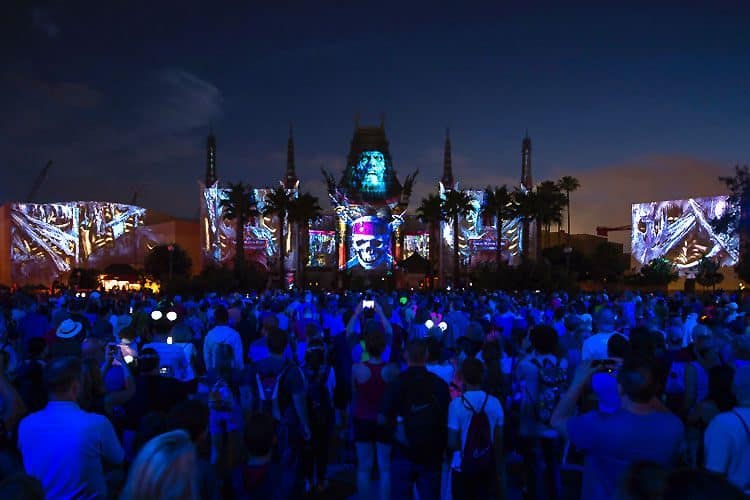
The Phases
Pre-Brainstorming: Immersion
Immersion involves in-depth study of the topic. The method varies from person to person, but the depth of research is the key. Producers attend events, actors watch plays, writers read, and Haunters indulge in all things Halloween.
Pre-Brainstorming: Determining the Vision/Challenge
What’s the problem you’re trying to solve? Which attributes must your solution have? What purpose your work will serve? Determining your Vision is about addressing the ‘Why.’
Incubation Phase
Another classic, Incubation involves time spent not thinking about the problem. After vision setting, your subconscious mind continues working on the solution. The product of ‘not thinking’ about the problem is the first few ideas.
The Act of Brainstorming
The quantity of ideas improves the quality of ideas. The Brainstorming phase builds on your fledgling ideas by adding dozens more to the pile. You don’t strike gold until you get everything out onto the page. Judgment kills ideas at this phase. Aim for 100 per hour and work in groups.
Post Brainstorming: Cluster & Evaluate
Hundreds of sticky notes plaster the wall – now what? Cluster the ideas into concepts. Mix the concepts to create something novel. After clustering, test the ideas and cut down to three concepts.
Production: Elaboration
Create mockups for your three concepts. This phase is expansive and outside this article’s scope.
The Creative Process Meets Real Life
On January 26th we brought together a panel discussion on The Creative Process. Attendees of HAuNTcon/Halloween & Party Expo watched expert ‘creatives’ debate the process. The panel comprised Dalton Dale, Michael J. Roddy, Scott Swenson, and Joel Talacko. The rest of this article explores their responses and advice.
The Panelists
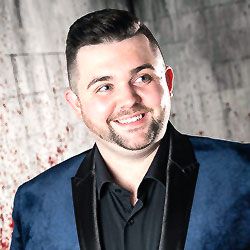
Dalton Dale is the founder of Big Dreamer Productions, an international company based in New York City and London that specializes in commercial theater and immersive horror experiences. Dalton’s current projects include “Moulin Rouge on Broadway,” “Variant 31,” “Fame,” and “Rock of Ages.”

Michael J. Roddy has been involved in the entertainment industry for more than 25 years, writing and producing award-winning entertainment for Walt Disney Entertainment, Walt Disney Imagineering, Universal Orlando Resort, and Anheuser-Busch Entertainment, among others. His projects include “Star Wars: A Galaxy Spectacular,” “Guardians of the Galaxy Awesome Mix Live,” “The Frozen Sing-along Celebration,” “Disney Movie Magic,” Busch Gardens Tampa’s “Howl-O-Scream,” “Halloween Horror Nights,” and “Monster Kids.”

Scott Swenson has brought stories to life as a writer, director, producer, and performer for more than 30 years. He was part of the original development team and the creative leader for the first 15 years of “Howl-O-Scream” at Busch Gardens Tampa, and he was the writer and creative director for “The Vault of Souls.”
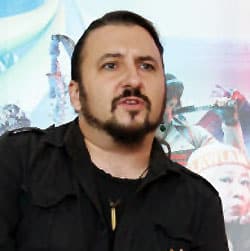
As a haunted-attraction and event designer, Joel Talacko has designed more than 70 attractions including “Recycle,” “Child’s Eye,” “Rigor Mortis,” “AMCs The Walking Dead,” and “Doreamon.” Joel is the haunted-attraction director for Ocean Park Hong Kong’s Halloween Fest.]
Immersion
“In my process, I go out there and live in the environment I’m trying to create. While writing the storyline for “Vault of Souls,” a theater piece that took place in a 1920s bank building, I spent much time in that building. By being in the location, I could develop this storyline. Now, you don’t always have that opportunity, but when you do, take advantage. If you’re trying to create a haunted attraction that happens to be in a mortuary, go to a mortuary. If you’re trying to create a product that makes kids smile while they’re trick or treating- go trick or treating!” Scott commented.
“Gather your little tidbits, and then… figure out how you can flip the script and create something that’s unexpected. So, figure out what you want people to feel, experience what you want them to feel… and create a story that will make them feel it.”
Determining the Vision
Sometimes the client dictates the Vision. As Joel mentioned, “They’ll give us the start of something, and I take it with me and try to figure out how we’ll work with [that basic concept]. Our challenge is turning those basic ideas into something special…something different. How do you turn a simple hospital, school, or clown house into something interesting? What’s the hook? What would make people want to see it? That’s where I like to start—how do we take something simple and make it awesome?”
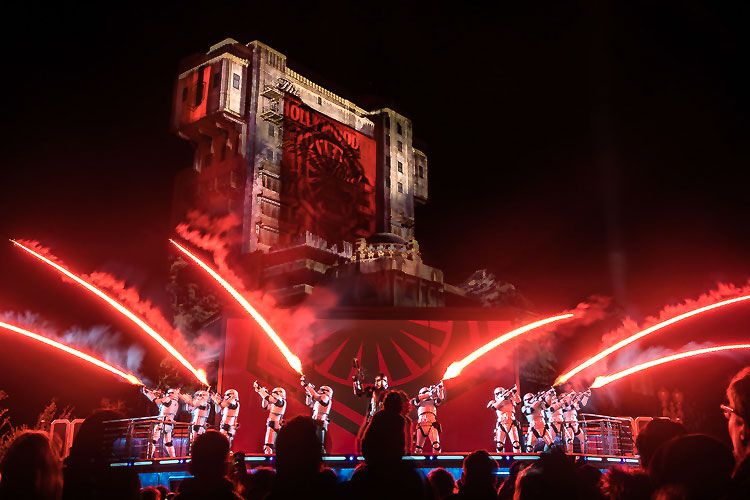
Determining the Vision: Emotion First
“For me, it’s always emotion first,” said Michael. “What is it that ties you to the experience? What is it that scares you from the experience? What is it that gets under your skin? Everybody in this room is a creative individual. We’re taught to be creative from the womb. We’re taught to figure out what we want and how to ask for it, and, when we don’t get what we want, we get creative. Creativity has everything to do with what you want—your heart’s desire, your emotional connection,” he observed.
Determining the Vision: Why do people like this?
“With every project… I strip it down to, why do people like this? This is especially true with themed entertainment. I was given the opportunity to present a spectacular for Star Wars. With Star Wars, you don’t need to tell the story again, because people already know the story. My thought was to take them back to the first time they ever saw an image from Star Wars in a movie theater. For me, it was when a Star Destroyer flew over my head chasing a Rebel blockade runner. How do I present that to an audience—plus, create the emotional connection?’ I got the idea to projection map the project: We hear the ship fly over our head, we feel the movement of air from the sound, and the expanse is across three buildings, so it’s larger than life. It was all about how I felt when I first saw it. That’s what I wanted to capture.”
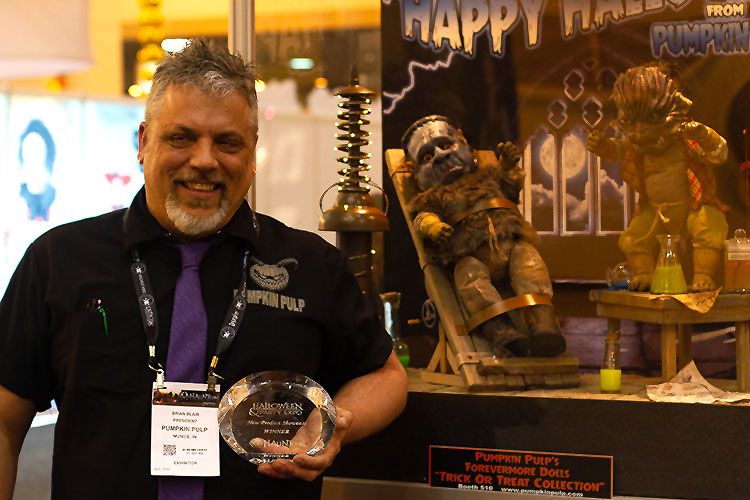
Determining the Vision: The North Star
“I like to start with, what’s the North Star? What are we trying to do? Like Michael said, what emotion do we want people to feel, or what emotional journey do we want to take guests on? I look at it from an emotional mapping standpoint, and then I come up with a storyline. My focus is on creating those highs and lows in the story. Whether you’re doing a haunted attraction, a film, an in-store retail experience, or new product development, it’s essential to remember—people don’t buy widgets. They buy how widgets make them feel,” Scott noted.
Immersion & Vision Recap
“So, first identify how you want somebody to feel, then do as many things as you can that make you feel that way. If you feel that way, somebody else will feel that way. Don’t second-guess what you think your guests, your clients, or your purchasers will want. Develop something you want,” Scott emphasized.
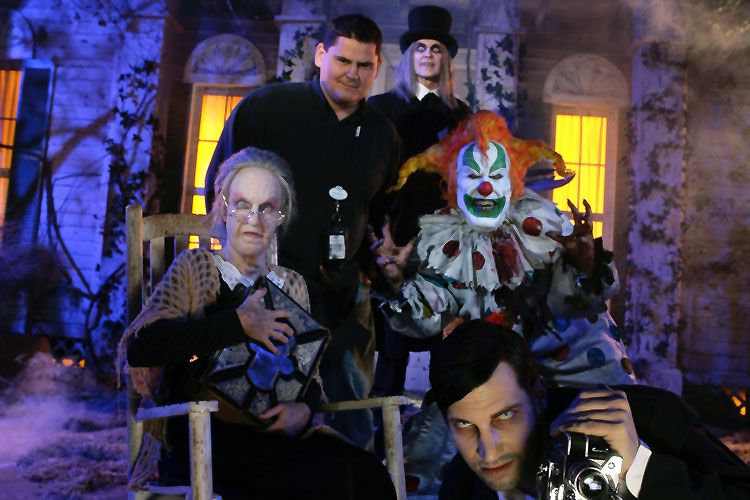
Incubation
“It comes down to having a good shower. That’s where my best ideas come from,” commented Dalton. I get an idea that sticks in my brain. For example, I want to bury someone alive or make them slit their wrists in a bathtub. From there, it’s like, ‘OK, we’ve got this grand vision. Cool. But what do we do with it? How do we make it a reality?’ For me, it’s all about the shower.”
Idea Generation: Working in Captures
Dalton began, “I work by taking big, broad-brush strokes. I go to my team and tell them I’ve got this great vision of a show that will be massive and exciting and cool. I tell them the parameters are X, Y, Z, and I need them to create within this world that looks like this, smells like that, and feels like this. Then I let the team color between the lines. I let them go at it for a while, and then we’ll meet, they’ll pitch it, and we’ll discuss what works or what doesn’t. Within a month, we’ll have put together a cool experience.”

Idea Generation: Team Dynamics
Joel discussed Hong Kong and working with a non-English speaking team. “They don’t have the same cultural touchstones we have. They haven’t seen the same movies. Aside from certain video games and blockbuster movies, they won’t have the references we have. I work to draw out ideas that look cool… on a level I understand as a haunted-house designer but will also work within their framework and their mindset. A lot of the time, I work visually. I have to work referentially,” he said.
“Creative directors have to be psychologists, but we also have to always believe in what we’re talking about. The minute we say, ‘I don’t know. Whatever you think,’ that chips away at the purity of the experience,” he explained. “Be actively involved in your concept at all times. Understand why it resonates with the culture. Always follow social trends and what’s popular in the media. I’m not telling you to watch “Real Housewives of Beverly Hills,” but understand why it resonates with audiences,” Michael advised.
Idea Generation: Create a Diverse Team
“Don’t have your brainstorming team be the president, the vice president, and the CFO. Have one person from upper management, one from middle management, and at least one person from the front line—if not five people from the front line—because they understand the culture and the language. Think of the brainstorming session as a playground, and let those ideas bounce around. After everything is thrown out there, put it all on flip charts or some other visual means and have everybody vote for their top three choices. The same few ideas rise to the top,” Scott advised.

Idea Generation: Bad Ideas Are Good
Quantity leads to quality. A bad idea is one step closer to a good one. “You should be able to come up with a three- or four-sentence description of your project and be able to illustrate it passionately. Ask all kinds of people for their response to it—what they like—and you might get ideas that change your entire outlook on the project. There’s never a bad idea, but you must be open to that feedback,” Michael mentioned.
Joel chimed in, “I collect [bad] ideas as well, because sometimes a bad idea can lead you to something good. Don’t be afraid to listen to things that are different. Collect bad ideas and let them inspire you.”
Idea Generation: Keep the Team Talking
Ideas don’t come when teams stop talking. When teams stall, ask “If the budget weren’t a factor, what’s the coolest thing you’d do?” “What’s the worst idea you can come up with for what we’re trying to do, something that would never work in a million years?” The key is to have the right team, set the parameters, get out of their way, and let them do their job. You can continue to bump them along the right path.
“Some of you may not have a very creative brainstorming team,” said Joel. “You may not have people that want to talk about their ideas. It may scare them. Their only response may be, ‘Whatever you say.’ How do you get past that? My advice is to put dinosaurs in it. When you say, ‘Here are the ideas we’ve come up with. Do we like this?’ and you get that blank look and the ‘whatever you say’ response, you say, ‘I know it’s a ghost school, but we’re going to put dinosaurs in it. If no one says anything at this table for the next count of ten, I’ll put dinosaurs in it, and I’ll make it work. So, do we put dinosaurs in it?’ Someone will say, ‘I don’t think we should put dinosaurs in the haunted school.’ I say, ‘OK. Tell me what you think we should do instead of dinosaurs. If dinosaurs are a bad idea, give me anything else.’ This will get them talking.”
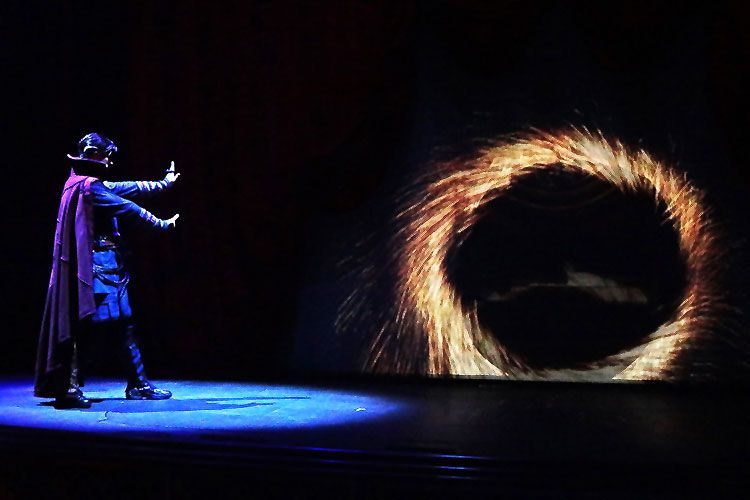
Idea Generation: Judgment-free Zone
“No one likes to hear the word, ‘No,’” said Michael. “Never say ‘No.’ Say, ‘Yes, and…’ The minute you say, ‘I don’t think that will work,’ the person shuts down and questions why they offered something up. Also, force yourself to articulate why something won’t work. Let people know you gave their idea its due diligence and thought about it; explain why you went a different way.”
Recommended Resources on Brainstorming
ABOUT THE AUTHOR
Philip Hernandez
Philip Hernandez is a freelance writer, speaker, producer, and marketer specializing in Seasonal Attractions.
In 2018, Philip became the CEO at Gantom Lighting & Controls, a manufacturer of the world’s smallest DMX LED lighting. Gantom is used in every major theme park worldwide to illuminate where other fixtures cannot.
Since 2014 Philip has published Seasonal Entertainment Source magazine (SES), a quarterly print publication for the seasonal attraction professional. SES ships to readers in over 18 countries.
Philip operates the Haunted Attraction Network (HAN), the largest global media entity for the haunted attraction industry. HAN includes written content, videos, a series of podcasts, and the Haunt Design Kit brand.
Philip produces the Leadership Symposium for Seasonal Attractions, a masterclass series for seasonal attraction professionals. Watch more here.
Philip co-hosts the ‘Marketing your Attraction’ podcast monthly. Listen here.
Contact Philip for projects here: [email protected]
